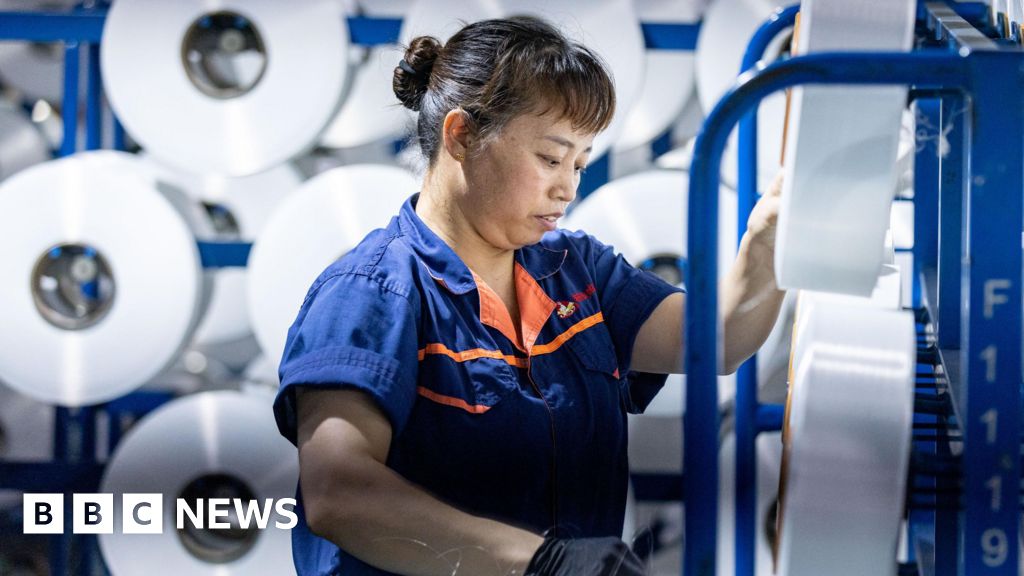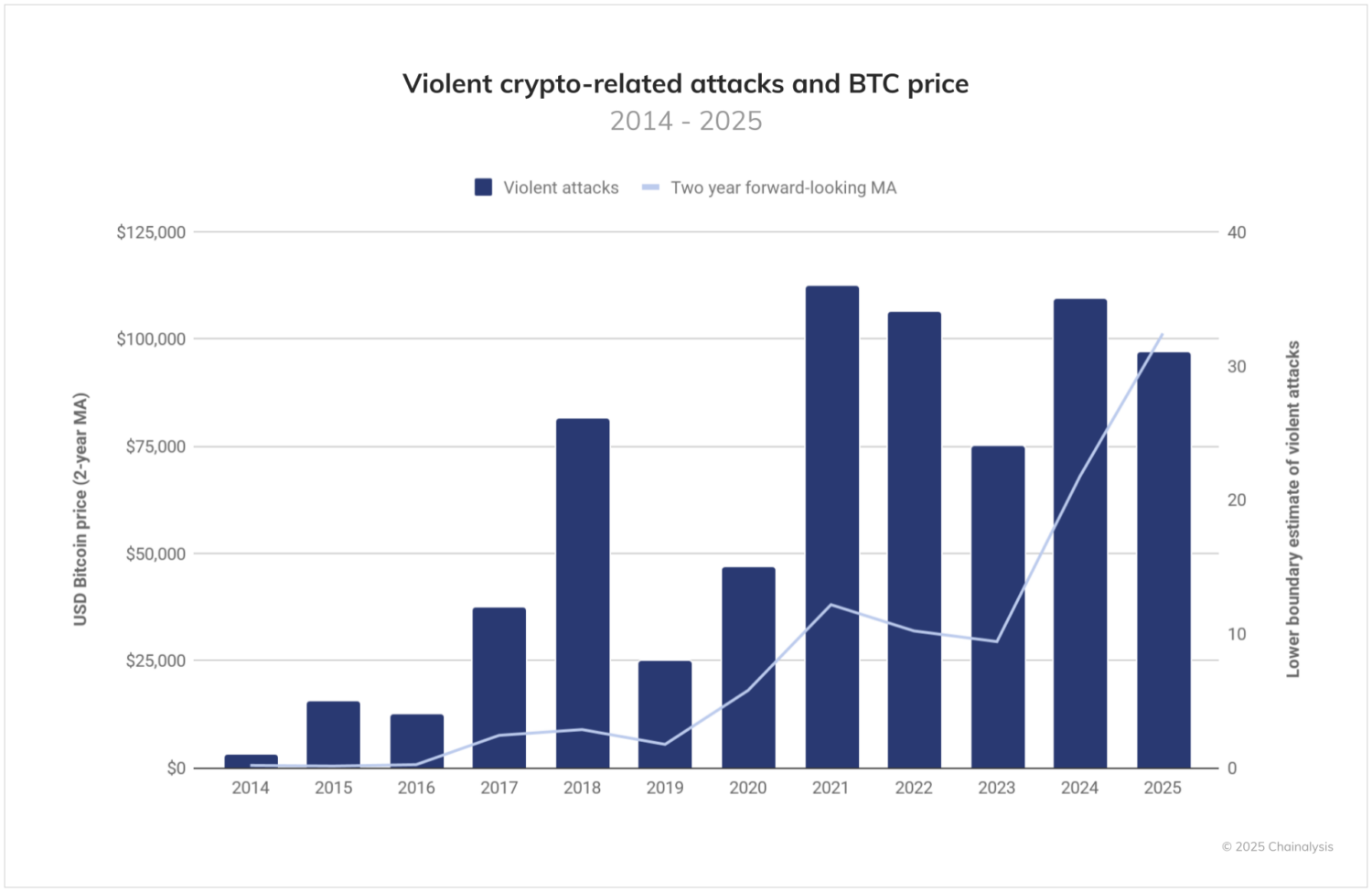Unlock the Editor’s Digest for free
Roula Khalaf, Editor of the FT, selects her favourite stories in this weekly newsletter.
Bayer’s chief executive has blamed an “old chemistry mindset” and a chronic lack of investment in research by his predecessors for a thin drug pipeline that has dragged down the group’s share price.
“We had several years of under-investment up until about 2018. Bayer was not sourcing novel, cutting-edge molecules [and was not] going for really important targets,” Bill Anderson told the Financial Times in an interview after the German group shocked shareholders by abandoning a late-stage trial of one of its most promising new drugs.
As a consequence, “the late-stage pipeline is thin relative to the patent losses we have in the next years”, he said. “I can’t fix what didn’t happen eight or 10 years ago.”
Bayer last week abandoned a trial of blood-thinner asundexian after it did not work as hoped to treat heart disease. The setback over a drug that was supposed to generate up to €5bn in annual sales at its peak caused Bayer’s already struggling stock to fall 18 per cent in a day. Patents for its two best-selling drugs are also expiring over the next three years.
Bayer is left with three prospective blockbusters that it hopes will generate more than €1bn in annual sales each: a treatment for prostate cancer, for chronic kidney disease and to treat menopause symptoms.
“I like the late-stage assets that we have,” Anderson said but added that the lack of new market-ready drugs was caused by an “old chemistry mindset” that was prevalent at Bayer until five years ago when the company made radical changes to its R&D strategy. But until then, he said, Bayer’s thinking was: “If we had enough chemists and labs, then eventually they’d come up with something. That’s not a strategy.”
The thin pipeline of drugs is reflected in the company’s share price performance. The stock recently fell to its lowest level in more than a decade. “Investors tend to look at what’s going to launch in the next three years,” said Anderson.
However, he stressed that the R&D strategy adopted five years ago will overcome these issues over time. The group’s head of pharma, Stefan Oelrich, who moved to the job from rival Sanofi in 2018, axed 40 per cent of the old R&D programme, focusing on cell and gene therapy and spending billions of euros to acquire companies that specialise in the field.
“I feel really good about our R&D team, our R&D strategy and the quality of the early stage pipeline,” said Anderson, adding that Bayer was now operating “a machine” that is generating a series of promising new drugs. In 2023 alone, he added, Bayer filed applications for eight investigational drugs, including treatments for cancer and cardiovascular disease.
“This is a business with 10- to 15-year product life cycles,” he said. “We did a major turnaround in our pharma R&D pipeline beginning five years ago. That is going to pay off in year seven, 10 or 12 years from when it started.”
The new chief executive, who has been in the job since the summer and previously ran Roche’s pharma division, disagreed that Bayer’s pharma unit was too small to keep up with larger rivals. He argued that the size of an R&D budget was not an automatic guarantee of success.
“Two of the companies that had the lowest R&D spending a decade ago were Eli Lilly and Novo Nordisk. They’re two of the most valuable pharma companies in the world today,” he said, adding that the companies developed “an extreme focus, discipline and scientific rigour”.
Credit: Source link











